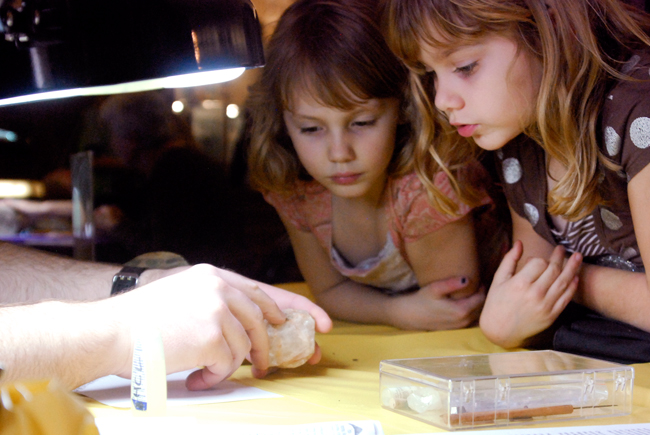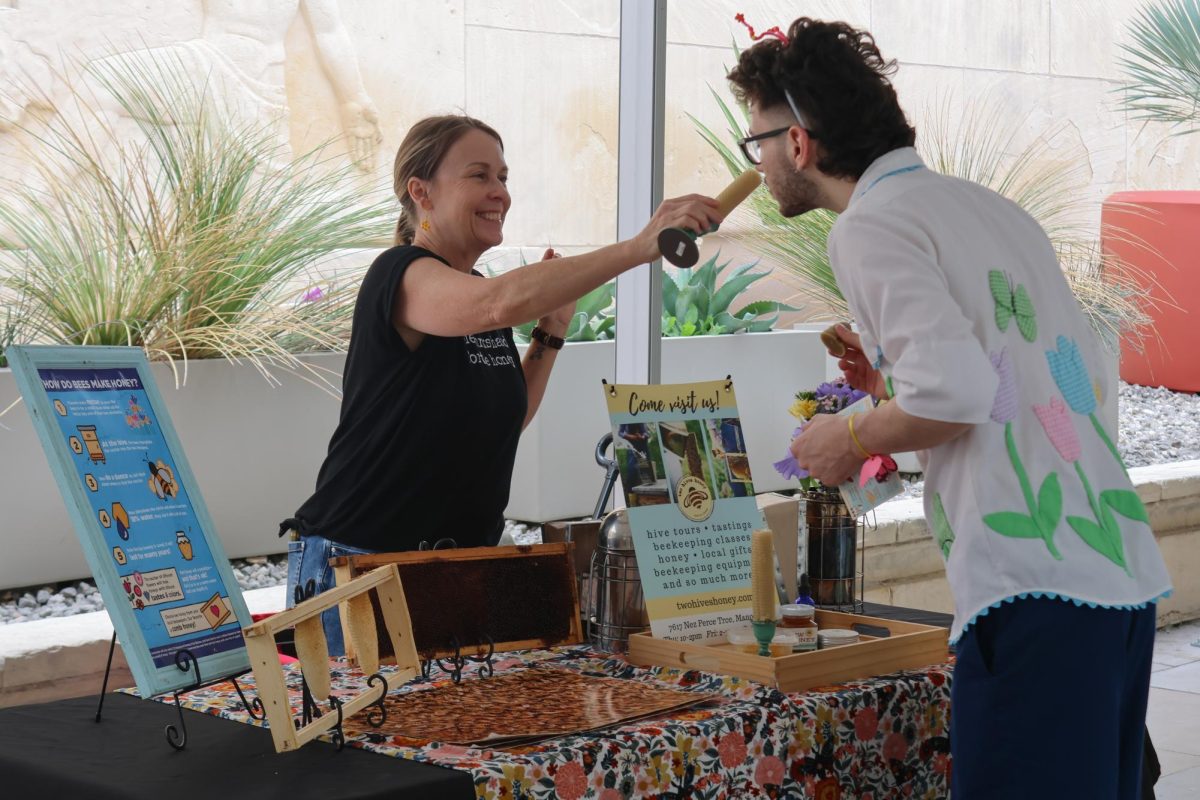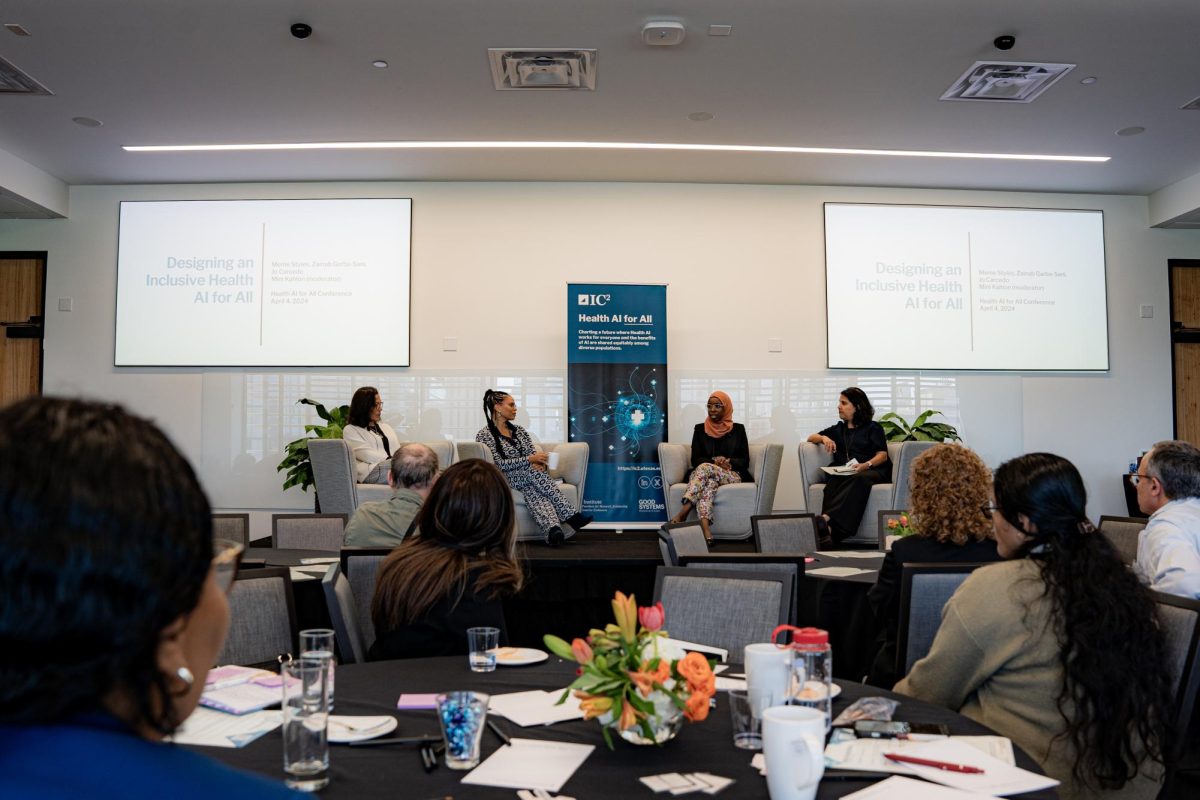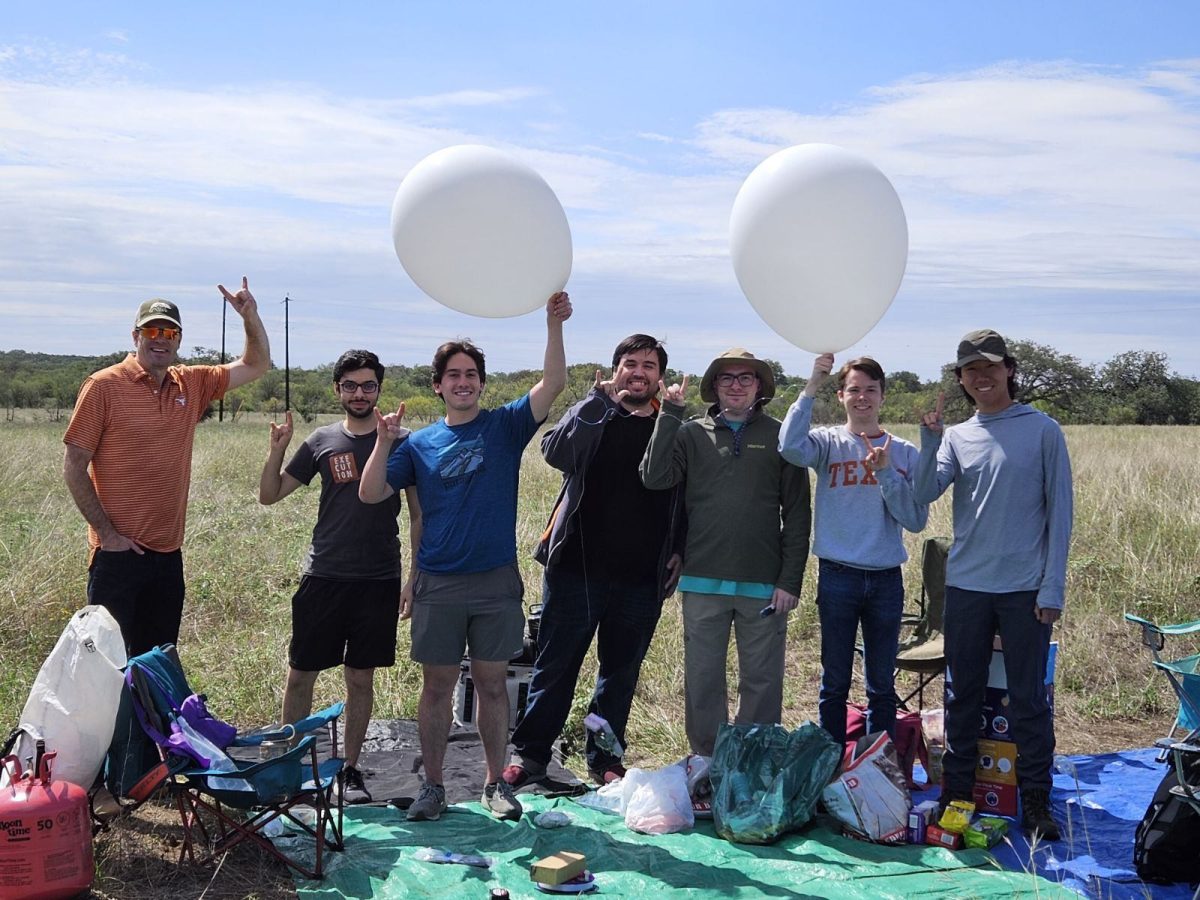The biannual Identification Day at UT’s Texas Memorial Museum brings lines of people with suitcases, boxes and strollers carrying fossils, artifacts and minerals with the hope of shedding light on their discoveries.
Chris Lintz is an archaeologist with the Texas Parks and Wildlife Department, one of many scientists that come to the Texas Memorial Museum to identify archaeological and geological findings for Identification Day.
“I had one person show up that had a frame of very early points going back ten to nine thousand years, a whole frame full of them,” Lintz said, referring to a batch of arrowheads a man found on his own property.
Lintz said it is important for people not to change or disturb archaeological sites.
“It’s a natural thing to want to discover and dig things up,” Lintz said. “In the process you’re destroying the context and the fabric of the archaeological sites that help us understand the associations.”
Lintz said Identification Day also provides resources for people on how to protect the environment when they are looking for artifacts.
“We help people get that message across too by distributing Web site information and booklets,” Lintz said.
Lintz said he encountered one of the more unusual objects to have entered the museum on Identification Day.
“There was one year when a man brought a case full of rare flint that he had found in his front yard,” Lintz said. “I later visited the site and ultimately wrote a 30-page publication on the unusual flint.”
Pamela Owen, senior paleontoloy educator and director of Identification Day, said Identification Day is a great way for children to become interested in learning about archaeological issues.
“It helps to get kids outside, interested in nature and to care for the geological history or the paleontological history or the living animals and plants,” Owen said. “It’s also a chance to get them interested in interacting with actual scientists.”
Amelia Rose, a Westlake high school student, attended Sunday’s Identification Day to review fossils with the Paleontological Society of Austin.
“I like looking at all the fossils because people bring in stuff from out of town and places I haven’t been to,” Rose said. “It’s good to see the variety.”




















